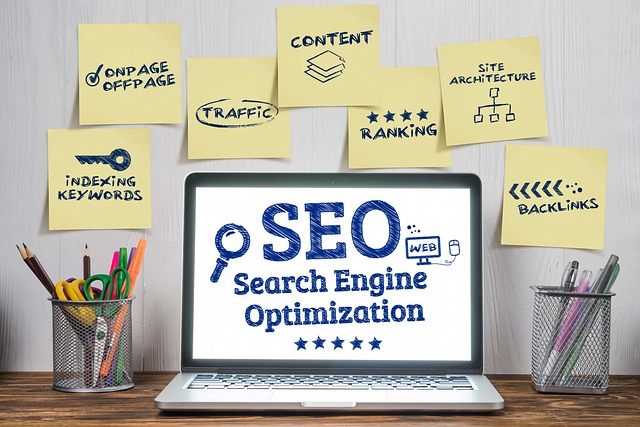Influencer Marketing: A Digital Marketing Revolution
Introduction
In the realm of digital marketing, the term “influencer marketing” has become a buzzword. It’s a strategy that harnesses the power of individuals with significant online followings to promote products or services to targeted audiences. In today’s digitally driven landscape, where consumers seek authenticity and connect with brands through trusted voices, influencer marketing has emerged as a powerful force.
Historical Background
The roots of influencer marketing can be traced back to the early days of social media. As platforms like MySpace and Facebook gained popularity, individuals with a large number of followers began to share their opinions and experiences with products and brands. However, it was not until the rise of Instagram in the late 2000s that influencer marketing truly took flight. With its visual-centric format, Instagram provided a perfect stage for influencers to showcase their lifestyles, products, and recommendations to millions of users.
Current Trends
In recent years, influencer marketing has evolved rapidly. The proliferation of social media platforms like TikTok and Snapchat has expanded the reach and diversity of influencers. Today, influencers span across various niches, from fashion and beauty to travel and technology. They engage with their audiences through captivating content, building trust and a loyal following.
One significant trend is the rise of micro-influencers. These individuals have smaller but highly engaged audiences. They are often perceived as more authentic and relatable compared to macro-influencers with millions of followers. Brands are increasingly leveraging the power of micro-influencers to reach specific target groups and build deeper connections.
Another emerging trend is the use of influencer marketing in e-commerce. Influencers are collaborating with brands to drive sales through affiliate links, product placements, and exclusive promotions. This has led to a surge in influencer-led shopping experiences, where consumers trust influencers’ recommendations and make purchasing decisions based on their reviews and endorsements.
Challenges and Solutions
Influencer marketing, while highly effective, also presents some challenges:
- Authenticity and Disclosure: Brands must ensure that influencers disclose their partnerships clearly to avoid misleading consumers.
- Measuring ROI: Tracking the effectiveness of influencer campaigns can be complex, requiring specialized tools and data analysis.
- Managing Relationships: Building and maintaining strong relationships with influencers is crucial for successful campaigns. This involves clear communication, fair compensation, and mutual respect.
To overcome these challenges, brands can implement the following solutions:
- Establish Clear Guidelines: Develop ethical guidelines and contracts that outline expectations, disclosure requirements, and compensation details.
- Use Influencer Analytics: Invest in tools that track influencer performance, including engagement rates, reach, and website traffic driven by their campaigns.
- Foster Relationships: Treat influencers as valued partners, provide regular feedback, and engage with them beyond contractual obligations.
Case Studies/Examples
Example 1: Nike and Cristiano Ronaldo
In 2021, sportswear giant Nike partnered with soccer superstar Cristiano Ronaldo to promote its latest line of Air Zoom cleats. Ronaldo’s massive following of over 400 million Instagram followers allowed Nike to reach a vast global audience and generate significant sales.
Example 2: Unilever and Emma Chamberlain
Consumer goods company Unilever collaborated with lifestyle influencer Emma Chamberlain to promote their Dove body wash brand. Chamberlain’s genuine and authentic persona resonated with her audience, resulting in a successful campaign that increased brand awareness and sales.
Best Practices
- Identify the Right Influencers: Choose influencers who align with your brand values, have a consistent following, and actively engage with their audience.
- Establish Clear Objectives: Define specific goals for your campaign, whether it’s increasing brand awareness, driving sales, or generating leads.
- Create High-Quality Content: Collaborate with influencers to develop creative and engaging content that resonates with their audience and aligns with your brand messaging.
- Track and Measure Results: Use analytics to monitor campaign performance, measure ROI, and identify areas for improvement.
Future Outlook
The future of influencer marketing is bright. As technology continues to evolve and new platforms emerge, the industry is expected to continue to grow exponentially. Artificial intelligence will play a significant role in identifying and analyzing influencers, while virtual and augmented reality experiences promise to enhance audience engagement.
Influencers will become increasingly integrated into the marketing ecosystem, acting as brand ambassadors, product developers, and trusted advisors. Brands will need to adapt and innovate to stay ahead of the curve, embracing new technologies and forging strategic partnerships with influencers who can authentically connect with their target audiences.
Summary
Influencer marketing has revolutionized the digital marketing landscape, empowering individuals to share their experiences and connect with brands. By harnessing the authentic voices of influencers, brands can reach targeted audiences, build relationships, and drive business results. As the industry continues to evolve, brands must embrace the latest trends, overcome challenges, and adopt best practices to stay ahead of the competition. The future of influencer marketing holds endless possibilities, promising to remain a powerful force in the world of digital marketing.
Contents
